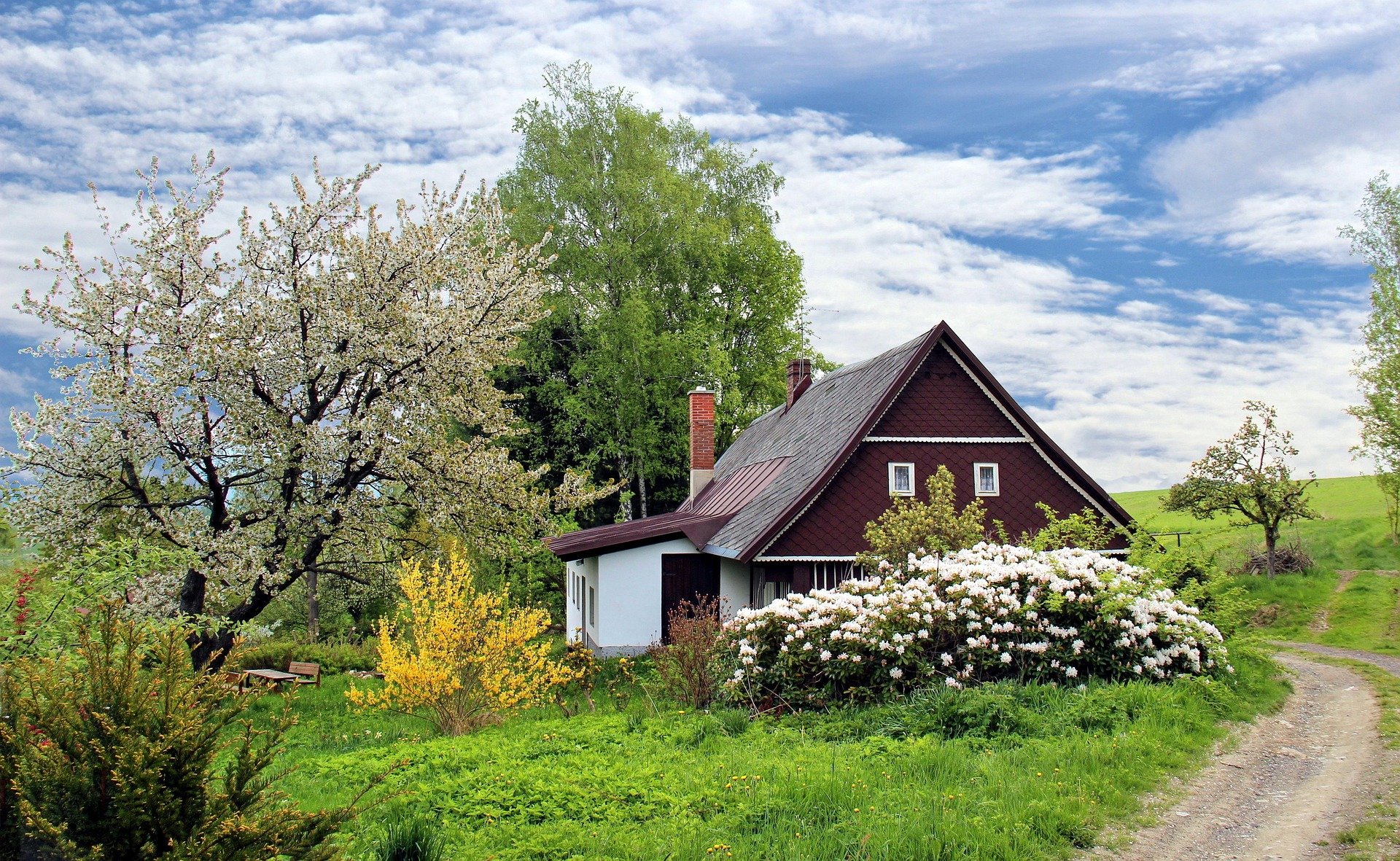A Beginner’s Guide to Starting a Rooftop Garden
Learn how to start a rooftop garden with this beginner's guide. Discover essential tips, plant recommendations, and step-by-step instructions for creating your own green oasis in the sky.
Rooftop gardening is an exciting way to bring greenery into urban spaces by turning their traditional roof areas into productive and beautiful oases. These gardens offer many potential benefits, everything from improving air quality and energy costs to providing fresh produce and a tranquil retreat above it all. A rooftop garden caters to both nature enthusiasts and those looking to maximize their available space. When developing a rooftop garden, every step must be thought out in detail to achieve a successful ecosystem. This blog post takes you through the critical stages of rooftop gardening and equips you for the journey.
Assessing Your Roof’s Suitability
Start by identifying your roof type; flats are the easiest to be converted into gardens. You must also assess its structural capacity since the soil, plants, and gardening supplies are heavy. Consider issues such as load limits and drainage systems to ensure safety and functional conditions are not violated.
The most important thing is your consultation with the structural engineer. These professionals can tell you how strong your roof is and whether or not extra reinforcement is needed. Factors such as sunlight and wind patterns and access to water should also be considered. These aspects will determine the type of plants you will use and what the whole design of your rooftop garden will look like.
Planning Roof Accessibility and Safety
Ensure that your rooftop is safely and comfortably accessed. Your building can be fitted with external stairs, interior ladders, and other designs. You can also install roof hatches for ease of access. However, they should be fitted with quality structures and installed professionally for good service.
Safety must always be a priority. Install railings or barriers to prevent falls, and follow your local building codes for rooftop installations. Consider investing in slip-resistant flooring and securing heavy planters to ensure safety in your rooftop garden.
Planning and Design
Rooftop spaces are best utilized when the layout is well thought out. A sketched design with pathways, planting zones, and seating areas can help you reach your desired garden style and function.
While selecting plants, consider those that thrive in rooftop conditions: drought-tolerant and wind-resistant species. Consider mixing edible plants and herbs with vegetables and ornamental flowers, adding beauty and utility to your garden.
Essential Tools and Materials
The secret to enjoyable and productive gardening is ensuring one has appropriate tools. Source quality necessities include gardening gloves, trowels, pruning shears, and a watering can. Rooftop use requires well-draining, lightweight soil and equally durable containers to secure the plants.
Drip irrigation is one of many efficient methods of irrigation that can simplify watering. Environmentally friendly options will reduce the environmental effects on your garden while at the same time allowing healthy growth of your plants. Good examples are using organic fertilizers and sustainable planters.
Maintenance and Care
Regular maintenance of your rooftop garden is crucial for its health and for adapting to your changing needs. Activities such as watering, pruning, and pest control should be done in a timely manner. Pay close attention to the condition of your plants, and promptly address any signs of stress or disease.
Seasonal care is crucial for maintaining a thriving rooftop garden throughout the year. To protect plants from extreme weather, shade them during the hot summer months to prevent sunburn, and insulate pots in the winter to shield roots from freezing temperatures. Providing proper care for your plants based on seasonal changes ensures they remain healthy and vibrant. Adjusting watering schedules, adding mulch for insulation, and using protective coverings during harsh weather can make a significant difference. With attention to seasonal needs, your rooftop garden can flourish year-round, offering a consistent source of beauty and productivity, regardless of the weather. Thoughtful seasonal adjustments help turn your rooftop into a lasting, enjoyable space for every season.
Endnote
Rooftop gardening is an excellent way to maximize unused space while enjoying the benefits of nature. By transforming your rooftop into a lush, green garden, you not only enhance the aesthetic appeal of your home but also create a functional space for relaxation or growing plants. Careful planning and ongoing maintenance are key to ensuring the success of a rooftop garden. Start small with manageable plants, and focus on nurturing them while considering the unique environment of the rooftop, such as exposure to sunlight and wind. Over time, adjust your garden’s layout and plant selection to optimize growth. With proper care, your rooftop garden can become a vibrant extension of your home, providing both beauty and practicality.
Stay up to date with our latest ideas!
Exclusive deals just for our readers! Click below to unlock special offers and elevate your shopping experience!











